Customers reviews
What Our Clients say?
About IT completely transformed our business.They went over & above to ensured the staff adopted the solutions. While most companies implement the software & disappear, they provide continual support & insight. Definitely a partner for life.
Peiter Van Staden
CTO, Briggs Manufacturing
Their in-depth attention to detail in scoping our technology requirements where uncanny. They found the right fit for us & has since saved us a pretty penny in operation costs, while streamlining our CRM. All in all stellar service
Adam Robins
Head Of Sales ,BT Ditributions






